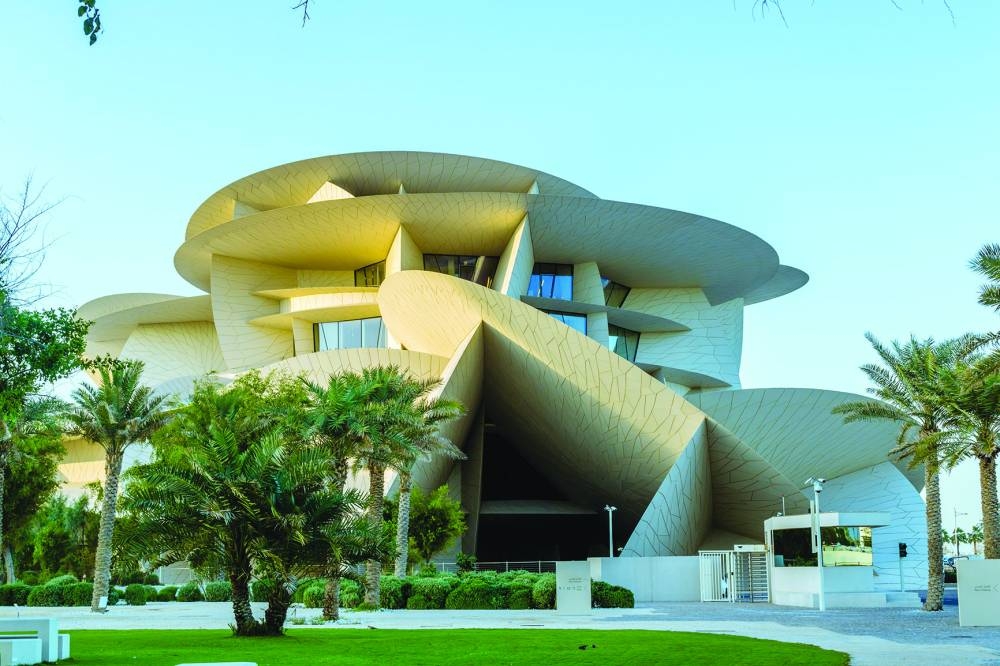In a region often associated with towering malls and glittering skyscrapers, Qatar is offering something refreshingly different: a journey inward. While Doha boasts its share of luxury shopping and five-star experiences, a growing number of visitors are finding themselves drawn not to the consumerism of modernity, but to the authenticity of memory — to the museums, galleries, and cultural spaces that define Qatar’s unique identity.
This isn’t accidental. It’s the result of a cultural vision that places heritage at the heart of national development. As Qatar positions itself as a leader not just in energy or diplomacy, but in culture, it is inviting the world to engage not only with its skyline — but with its soul.
A museum for every story
The Museum of Islamic Art, designed by IM Pei and situated on the edge of Doha’s Corniche, is more than an architectural marvel. It is a bold statement: that Islamic history is not only relevant, but awe-inspiring. Just a short walk away, the National Museum of Qatar, designed by Jean Nouvel, unfolds in the shape of a desert rose — telling the nation’s story through immersive experiences, oral histories, and visually stunning displays that bridge the past and present.
Beyond the blockbuster sites, Qatar has also invested in smaller, specialised museums and spaces — from the Msheireb Museums that explore themes like labour, slavery, and urban transformation, to the Fire Station that serves as an incubator for local and regional artists.
Why identity matters to tourists
In an age of generic travel experiences, tourists are increasingly seeking depth. They want to understand where they are — not just take photos of it. Qatar’s museums offer this rare sense of rootedness. Visitors leave not only with souvenirs, but with a richer understanding of Qatari society: its Bedouin roots, its pearl diving history, its journey through modernity.
Unlike malls, which replicate global trends, museums reflect local truths. They don’t just entertain — they educate, provoke, and connect. In Qatar’s case, they do so with elegance, intellect, and hospitality.
A model for cultural soft power
This shift from malls to museums signals something more profound than changing tourist preferences. It represents the evolution of national branding. Through its cultural institutions, Qatar is not just marketing a destination — it is telling its story on its own terms.
This kind of “identity tourism” has strategic value. It fosters mutual understanding, invites dialogue, and strengthens Qatar’s soft power across the globe. In a polarised world, a museum becomes more than a building; it becomes a space of encounter — where histories converge, and futures are imagined.
Conclusion: Beyond the surface
Qatar is proving that tourism doesn’t have to be shallow. It can be an act of learning, a bridge between civilisations, a celebration of diversity. As more travellers seek meaning in their journeys, they are turning to places that offer more than shopping bags — they are turning to stories, symbols, and shared humanity.
In Qatar, these stories live in stone, art, and memory — and they are waiting to be discovered.

National Museum of Qatar
